On the evening of November 8th, Aeon officially released a new generation of high-end electronic and electrical architecture-Protoss architecture, which is also another blockbuster ICV technology release shortly after Aeon released a new generation of AEP 3.0 pure electric platform. On the basis of EEA 3.0, the third-generation electronic and electrical architecture of the industry, which was released last year, the Protoss architecture adopts a number of world-leading technologies such as Fengyun-3 infrared remote sensing technology, second-generation intelligent zoom lidar, and aerospace-grade satellite-based positioning fusion. It has comprehensively upgraded the safety of intelligent driving, and provided a systematic solution to the safety of intelligent driving of the new generation of intelligent pure electric vehicles. It has surpassed car companies such as Tesla.
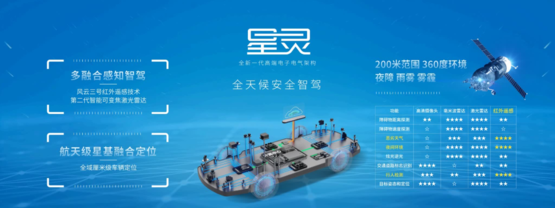
Fengyun-3 infrared remote sensing + second-generation zoom lidar, enjoy all-weather safe and intelligent driving
At present, the industry has a variety of different route directions for intelligent driving, especially in the perception system, there are two schools of vision scheme and multi-integrated perception scheme. The pure visual group represented by Tesla FSD has opened the fully automatic driving function in some regions such as North America, but the endless safety accidents have also caused users to lose their trust in technology. As a result, autonomous driving is more like a gimmick. In fact, a large number of users “dare to pretend not to use it”. Security has become the biggest pain point for users. The more “high-end”, the more emphasis on security.
Therefore, at this point, Aeon’s Protoss architecture insists on putting user safety experience first. It adopts the world’s strongest multi-integrated intelligent driving perception system. In addition to high-definition cameras, millimeter-wave radars, and ultrasonic radars, it also pioneered 39 sensors including Fengyun-3 infrared remote sensing technology and three second-generation zoom lidars. Perception sensor.
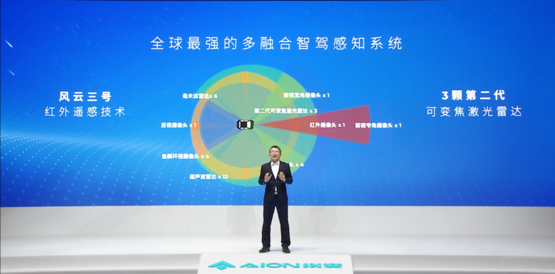
Before talking about the advanced nature of these two sensors, let’s take a look at Tesla’s pure visual perception system. Tesla uses 8 visual cameras to calculate the distance between the vehicle and the obstacle through the focusing angles of different cameras. However, because the scheme introduces too many variable parameters, the calculation results are prone to errors. At the same time, visual recognition cannot be 100% accurate, and human vision can still be deceived, let alone artificial intelligence? Especially in scenes where night obstacles, rain, fog, glare, etc. have a significant impact on the visual perception system, the camera is prone to misidentification, resulting in accidents.
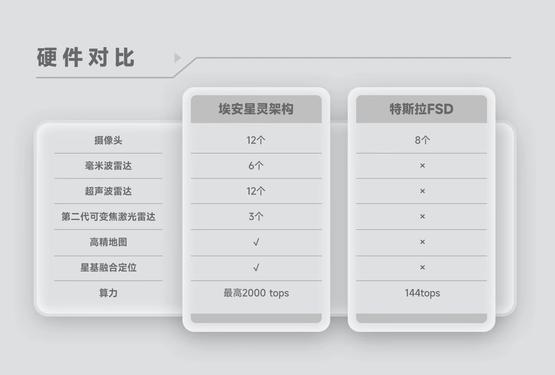
The multi-fusion perception scheme of the Protoss architecture can comprehensively and systematically solve this problem. Infrared remote sensing technology has super transmittance and is widely used in aerospace, military and other fields, and can penetrate the atmosphere for interstellar remote sensing detection. Used in intelligent driving, the thermal radiation imaging of living bodies can be used to make up for the problem of insufficient perception and recognition capabilities of “radar + camera”, and it is not affected by bad weather, even in scenes such as alternating strong and weak light, glare, etc., when meeting cars at night. Clear imaging and accurate identification.
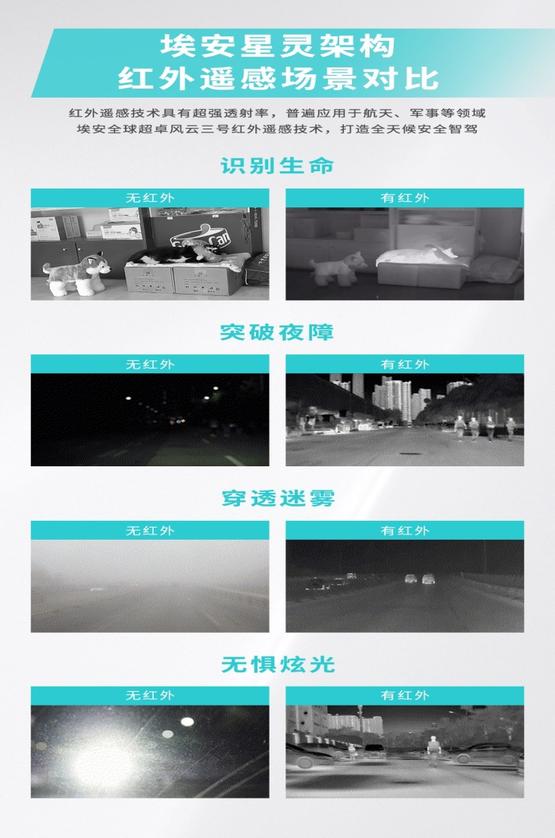
At the same time, 3 second-generation intelligent zoom lidars have 10-30Hz intelligent frequency conversion refresh frame rate, the response speed is three times faster than the first generation, and 0.2°~0.05° intelligent control resolution, which can not only achieve millisecond-level strain , can see farther and clearer than the first generation. In the city, it can calmly deal with emergencies such as jamming and ghost probes; in the urban area, it can more accurately determine the neutral position of safe steering and reduce unnecessary waiting in place; in high-speed, it can predict risks from a long distance, and decelerate and change lanes in advance. and many more.
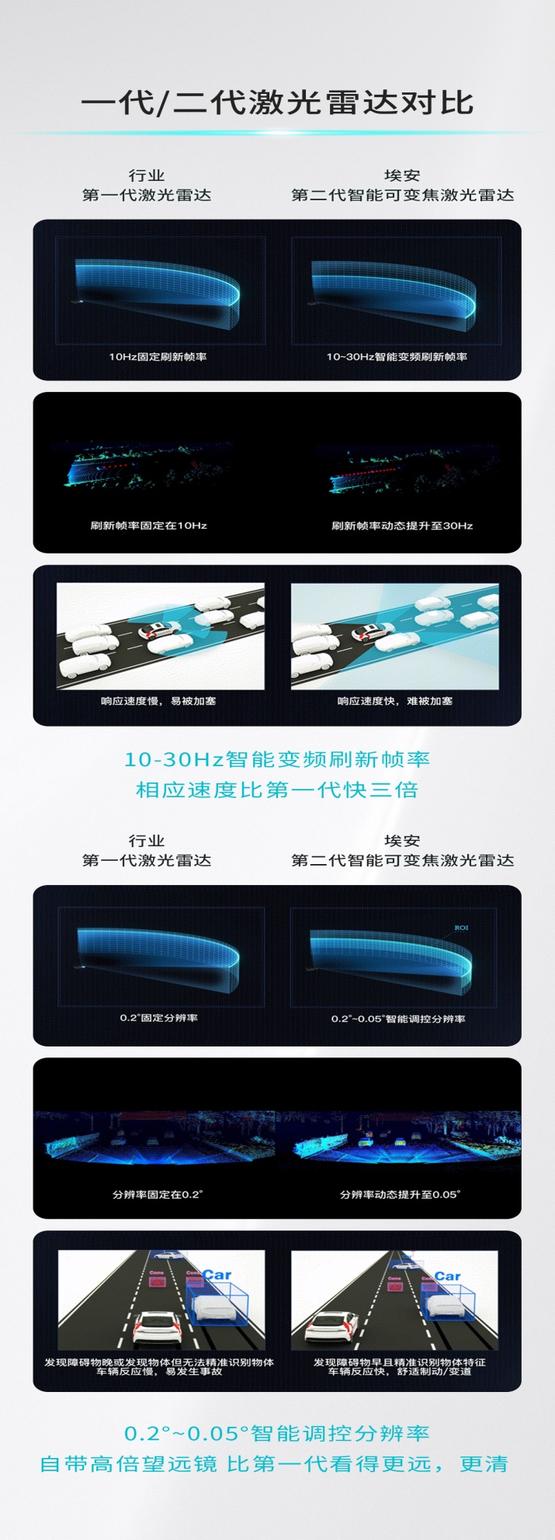
In addition, the Protoss architecture also innovatively applies aerospace-grade satellite-based fusion positioning technology, combined with high-precision maps and inertial navigation units, to achieve global centimeter-level vehicle positioning.
It is precisely based on such a powerful multi-integration perception system that the Protoss architecture can achieve all-weather perception coverage of 200-meter range, 360-degree environment, night obstacles, rain, fog, haze, etc. “Ghost Probe”, even the little black cat in the rainy night can be accurately captured and identified.
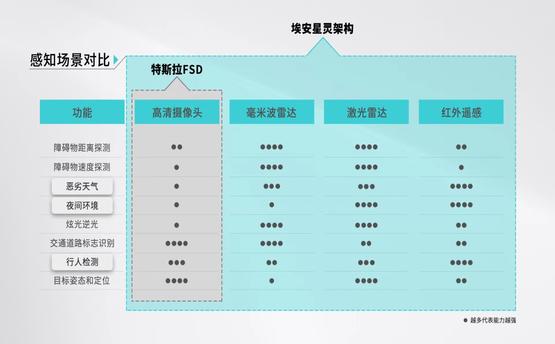
Full-stack self-developed system algorithm + software development team of over 2,000 people to achieve perfect matching of software and hardware
However, intelligent driving is not just a hardware competition. In fact, the more powerful the perception hardware system is, the more powerful the perception software algorithm is.
Because it is impossible to be completely synchronized between each sensing hardware, there is a time difference in the order of milliseconds. In the case of high-speed driving, this time difference will be infinitely magnified, and the scene deviation between each sensing hardware may even be as high as 1-2 meters. Missing an inch is a thousand miles away.
To this end, Aion invested in the creation of the ADiGO PILOT data closed-loop platform, which conducts perception training and simulation verification on tens of millions of scene pictures, combined with the verification of more than one million kilometers of real vehicles, and continuously iterates through full-stack self-developed algorithms. Only by correcting the perception scene deviation caused by hardware can the strongest multi-fusion perception system be brought into full play.

It is inseparable from a professional software team to achieve such a powerful software algorithm strength improvement. Aian has built an ICV full-stack self-research team headed by more than ten leading talents such as Chen Xuewen and Jiang Jianshan. Among them, there are more than 2,000 upstream and downstream software developers, accounting for more than 50% of the R&D team; it has Alibaba, Huawei, Baidu and other Internet More than 10 years of experience in nearly 10%.
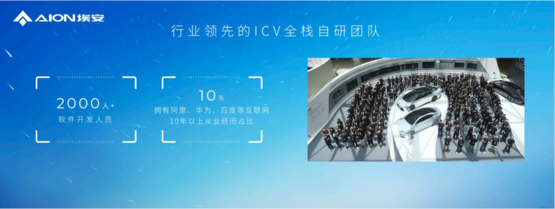
In addition, while insisting on self-research of science and technology, Aion also actively cooperates with the industry and learns from others’ strong points. For example, Galaxy Zhilian was established as a joint venture with iFLYTEK, focusing on the development of smart cockpits; it has formed a strong vertical integration capability of the industry chain with semiconductor companies such as SMIC, Yuexin, Horizon, and Heduo. Recently, in Aeon’s A round of financing, there has been a phenomenon of being rushed by the whole industry. Contrary to the trend, the single round of financing was about 18.3 billion (over 3.3 billion), and the post-investment valuation exceeded 100 billion, making it a “thriving” existence in the market. These include upstream and downstream collaborative enterprises such as battery supply chain, semiconductor, vehicle-road collaboration, energy ecology, and asset investment banking.
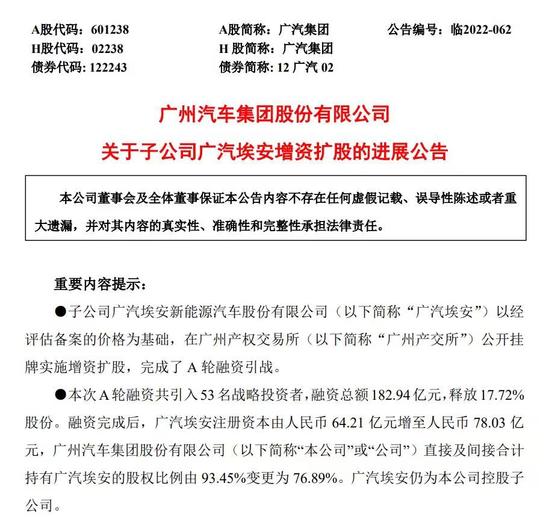
In addition to industrial chain cooperation, Aeon has continued to explore upward, and has established a Haobo scientific research laboratory with China Aerospace, which brings together cutting-edge technologies in various fields in China. Based on new battery development, aerodynamic design, motor drive technology, AI control technology, and new materials Research and development, satellite remote sensing technology and other fields are jointly researched and developed, and these technologies will also be applied to Aion’s Hyper series models in the future.
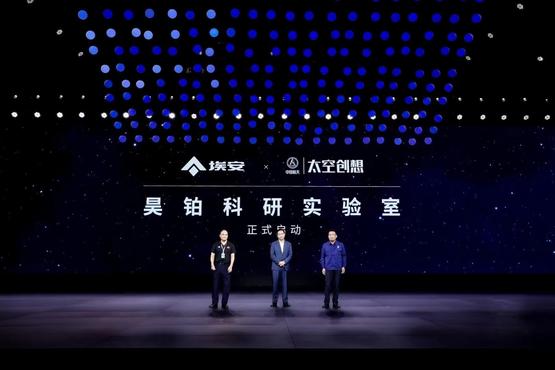
Take the lead in achieving breakthroughs in underlying technology, leading Tesla in performance and intelligence
In the era of fuel vehicles, China’s automotive technology has always been constrained by Europe and the United States. Thirty years ago, the famous scientist Qian Xuesen wrote to the State Council, proposing to “skip the fuel car and go directly to the new energy era”. In 2000, Wan Gang, then the technical manager of the production department of a German car company (later the Minister of Science and Technology of China), also submitted a proposal to the State Council to develop clean energy vehicles. In this document, he analyzed the technical gap between China and foreign countries in internal combustion engines. It is basically unrealistic to catch up with foreign manufacturers in a short period of time. If the Chinese auto industry wants to rise, it must “change lanes and overtake”.

The ideal that the predecessors have not yet fulfilled. In the era of smart new energy, with the rapid development of new energy vehicles in China, brands that can compete with global companies on the world stage have emerged one after another. The key is to accelerate breakthroughs from the underlying technology and achieve technological leadership.
In terms of platform technology that determines the “physique” of a car, AEP 3.0, a new generation of high-end pure electric exclusive platform AEP 3.0, has achieved a generation and a half ahead of the industry in performance.

Here, through the world’s fastest supercar-level electric drive technology, the AEP 3.0 platform can achieve zero-hundred acceleration of rear-wheel drive 4.9S and four-wheel drive 1.9S. Regardless of rear-wheel drive or four-wheel drive, it is the fastest in the world. At the same time, the AEP 3.0 platform also adopts the world’s strongest track-level rear-wheel drive control. Based on the low center of gravity and lightweight body structure of supercars, it realizes multi-system dynamic matching control through the unique AICS intelligent chassis system. In terms of braking distance in kilometers, it is better than Tesla and other European and American brands.

As the “soul” of an intelligent pure electric vehicle, the electronic and electrical architecture affects the degree of intelligence of the vehicle at the technical basic level. Different from the distributed electronic and electrical architecture in the past, the Protoss architecture adopts the centralized layout of the intelligent driving domain, the body domain, and the cockpit domain, which brings a comprehensive improvement in computing power, transmission efficiency, reduction of wiring harnesses and controllers, etc. The hardware is plug-and-play, and the software is often new. At the same time, through the world’s strongest multi-integrated intelligent driving perception system and aerospace-grade satellite-based fusion positioning technology, it brings all-weather safe and intelligent driving to users.
It is the track-level super-sensing driving brought by AEP 3.0 and the all-weather safe and intelligent driving realized by the Protoss architecture, which can really bring users a more extreme and higher-value experience. This cross-generational breakthrough in underlying technology has also pointed out the direction of a new generation of intelligent pure electric vehicles for the industry. It can be said that in terms of platform and architecture, we have achieved anti-card European and American necks.

This is the new generation of Hyper Tec of Egypt Security! It is also the most important move for high-end since the brand renewal of Aeon. It is understood that the new generation of high-end pure electric exclusive AEP 3.0 platform and the new generation of high-end electronic and electrical architecture Protoss architecture released this time will be the first to be installed on Hyper series models. Among them, in addition to the previously released Hyper SSR, the ace model of the Hyper series will also be officially unveiled and released in the near future, which is very exciting.
This article is reproduced from: http://www.guokr.com/article/462838/
This site is for inclusion only, and the copyright belongs to the original author.